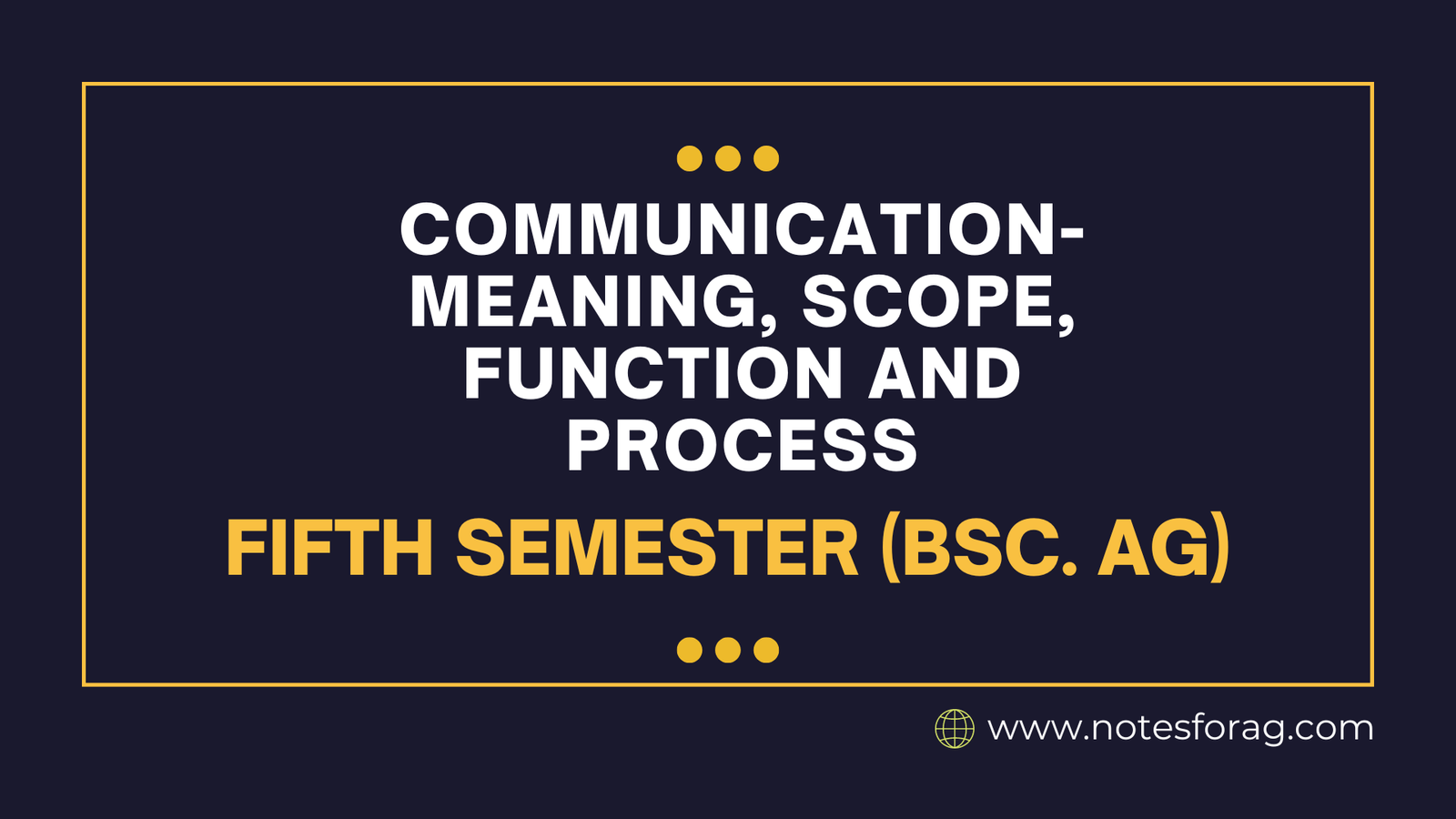Communication is essential for human connection, having an impact on social, organizational, and cultural contexts. It include interpersonal contacts, mass communication, and cross-cultural relationships, which have an impact on many aspects of life. Its main roles are information sharing, persuasion, coordination, emotional expression, and decision-making. It is a dynamic process that includes the sender, message, channel, receiver, feedback, and potential barriers or noises.
Table of Contents
Meaning

It is the exchange of information, ideas, and messages between individuals or groups via many channels, including vocal, nonverbal, written, and digital mediums. It is vital to human contact, allowing people to express emotions, share knowledge, form connections, and coordinate actions.
It is important in many different circumstances, including personal relationships, the workplace, and societal connections. Effective communication in personal relationships leads to deeper connections, reduces misunderstandings, and promotes emotional closeness. This element is very important for resolving conflicts and creating trust since people rely on straightforward speech to express their ideas and wants. People with strong communication skills can traverse complex social dynamics while ensuring that their points of view are acknowledged and valued.
In the workplace, it is essential for collaboration and efficiency. A clear exchange of information among team members improves operational efficiency, encourages inventive problem solutions, and adds to a pleasant workplace culture. Organizations that promote open communication create a climate in which employees feel empowered to share ideas and opinions, resulting in better decision-making and increased company success.
Scope
It covers a wide range of domains, including:
- Interpersonal Communication: Among individuals or small groups.
- Organizational Communication: In enterprises or institutions.
- Mass Communication: Broadcast to wide audiences using media such as television, radio, and the internet.
- Cross-cultural Communication: Interaction between diverse cultural and social groupings.
- Nonverbal Communication: Using body language, gestures, and facial expressions.
It also has an important role in education, business, healthcare, politics, and entertainment.
Functions
It serves a number of roles that reflect its value in various circumstances and audiences.
- Information Sharing: Facilitating the flow of facts, data, and knowledge among individuals or organizations.
- Persuasion: Influencing or persuading others to accept specific ideas, beliefs, or behaviors.
- Coordination and Control: Ensure that activities and duties are aligned and regulated, especially inside companies.
- Emotional Expressions: Allowing people to express emotions like as joy, rage, or empathy, which helps them connect.
- Socialization: Educating individuals about cultural norms, morals, and society expectations.
- Decision-Making: Providing the required knowledge and input for making sound judgments.
- Motivation: Encouraging and encouraging others to take action, enhance performance, or attain objectives.
Process
It is a multifaceted process that requires numerous critical components to function effectively. The main components are the transmitter, encoding, message, medium, decoding, receiver, and feedback. Each component has an important role in shaping the communication experience. It is a dynamic and continuous process that typically involves the following steps:

- Sender: The person or group that starts the conversation by creating a message.
- Encoding: The sender creates a message by combining their ideas, thoughts, or facts, which is frequently expressed through language, symbols, or gestures.
- Message: The real substance being communicated.
- Channel: The method by which the message is delivered, such as spoken words, written text, emails, or body language.
- Receiver: The person or group to whom the message is aimed.
- Decoding: The receiver interprets or comprehends the message according to their knowledge, context, and experiences.
- Feedback: The receiver’s answer or reaction, which notifies the sender whether the message was understood or needed to be clarified.
Effective communication occurs when the message is delivered, received, and understood as intended by the sender, with feedback provided to ensure clarity and mutual understanding.
Frequently Asked Questions
What is Communication?
Communication is the exchange of information, ideas, and messages between individuals or groups via many channels, including vocal, nonverbal, written, and digital mediums.
What are the Communication process?
The process of communication are as follows: Sender, Encoding, Message, Channel, Receiver, Decoding, Feedback, and, Noise (interference or barriers).
Related Articles

